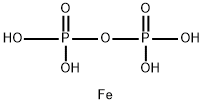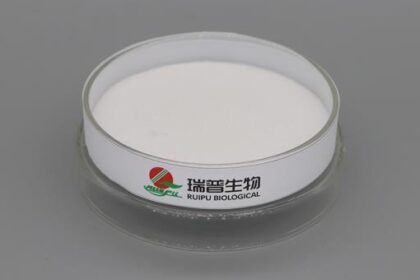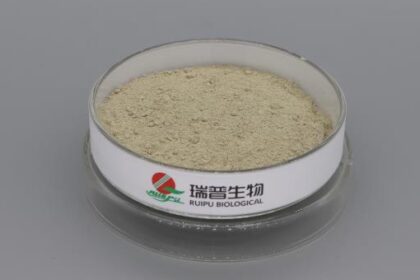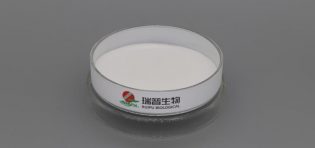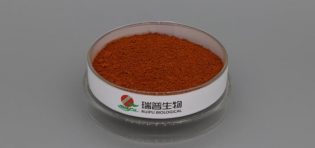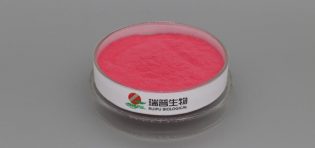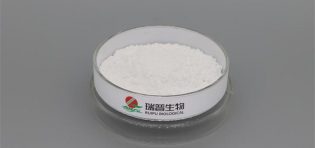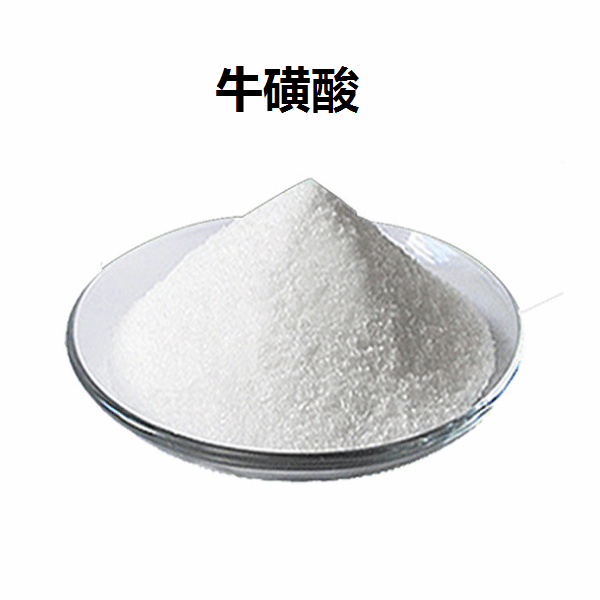
Taurine is a sulfur-containing non-protein amino acid widely found in nature, especially in marine organisms where its concentration is particularly high. Taurine typically appears as white crystals or crystalline powder, and sometimes as colorless or slightly yellowish granules or lumps. Its crystalline structure is stable and not prone to moisture absorption, but under high temperature and high humidity conditions, it may become damp and clump together.
Taurine is easily soluble in water, slightly soluble in ethanol, ether, and acetone, and insoluble in chloroform and ether. Its melting point is around 300°C (the exact value may vary slightly depending on purity and crystallization conditions). It is stable at room temperature but may decompose under high temperature, strong acid, or strong alkaline conditions.
Taurine exhibits general properties of amino acids, including reacting with acids to form salts and reacting with bases to form salts as well. It also has some reducing properties, though it is not easily oxidized under normal conditions. Additionally, due to the presence of the sulfonic acid group in its molecule, taurine has some acidity and can react with other basic substances to form salts.
Taurine has various important physiological functions in living organisms, such as participating in nerve transmission, regulating osmotic pressure, and promoting fat metabolism. It is also an essential nutrient for the growth and development of infants and plays a crucial role in maintaining the normal function of tissues like the retina and myocardium.
Although taurine is widely present in nature and beneficial to human health, it is important to control its dosage and purity during use to ensure its safety and effectiveness. For specific groups (such as pregnant women, breastfeeding women, children, etc.), it is advisable to consult a professional doctor or nutritionist before consuming taurine.

